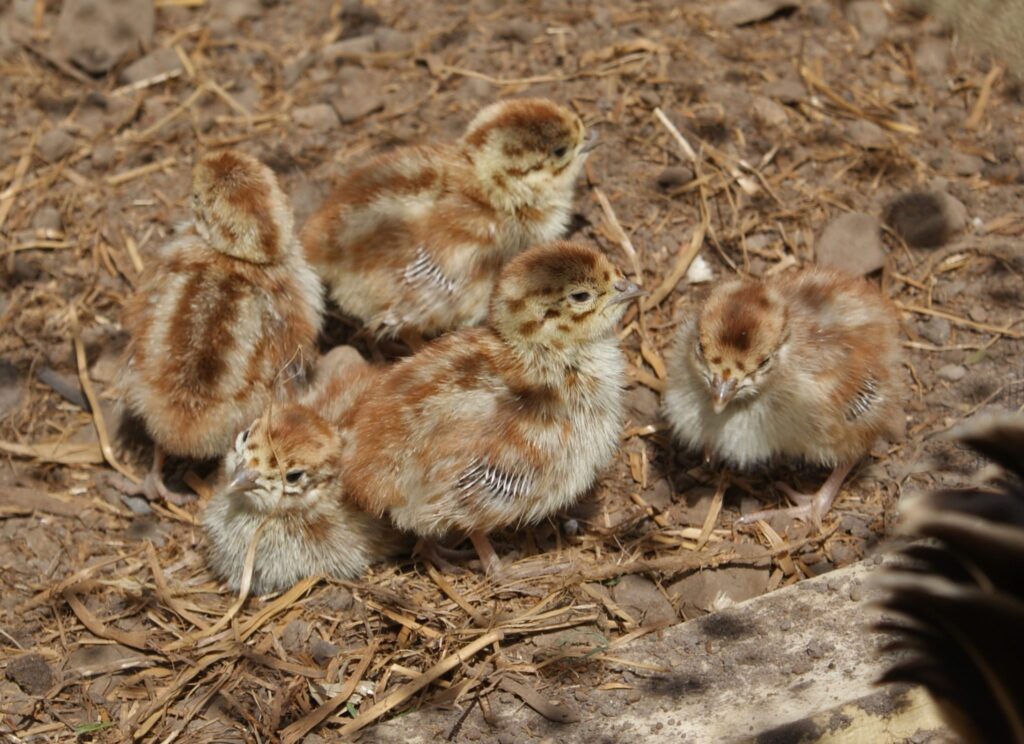We would love every child in England to think that they have a good chance of seeing a hen harrier in the wild,” says RSPB conservation director Martin Harper. With only six pairs nesting in England last year, that clearly isn’t the case at the moment, but the publication of the long-awaited action plan has raised hopes that the species’ seemingly terminal decline can be reversed. “If we can meet Special Protection Area (SPA) targets, get up to 70 pairs in the uplands and get some coverage in the southern lowlands, that would be fantastic progress,” Harper says. The SPA figures he refers to are for the Bowland Fells in Lancashire and the North Pennine Moors – the Joint Nature Conservation Committee (JNCC) has previously said that these two areas ought to have room for 25 pairs.

Those birds are not there – or elsewhere in England – largely because of persecution. Hen harriers are illegally killed on grouse moors because, during the breeding season, they take grouse chicks, and this reduces numbers available for shoots. The problem is not that anyone disagrees with this assessment – it’s what can be done about it. “Persecution should not happen, but the reality is that people have been trying to stop it for years and it still is,” says Adrian Jowitt, principle adviser to Natural England.
“You are dealing with mass areas of moorland, and it’s probably just a few people involved. Society has to make choices about where it spends its money. Can you really ask the police to put more resources into the uplands, and take them away from urban areas?” So, as well as highlighting the importance of building up intelligence on where hen harriers are persecuted and protecting birds both in their breeding grounds and at winter roost sites, the action plan also includes proposals to develop and trial a so-called ‘brood management’ scheme. Where hen harriers reach a yet-to-be-agreed nesting density, grouse-moor workers would be licensed to take chicks away from the nest, rear them in captivity and then release fledged birds back into the wild. The idea would be to alleviate the predation pressure on grouse chicks because hen harriers wouldn’t be feeding their young, and so in turn reduce persecution.
BROOD MANAGEMENT
“We need to unlock this conflict between driven grouse moors and conservation, rather than have one at the exclusion of the other,” explains Andrew Gilruth of the Game & Wildlife Conservation Trust. “Brood management unlocks that historic conflict and allows both to thrive.” Others feel that opening up the possibility of brood management is wrong because it lets grouse-moor owners off the hook. Instead of putting money into helping them, argues Mark Avery, formerly with the RSPB and now a writer and campaigner, we should be fitting more hen harriers with satellite tags to find out where they go and where they are being killed. “My prediction would be that it is a relatively small number of areas where these birds are dying,” he says.

LACK OF TARGETS
Neither Natural England nor the RSPB, Avery adds, should have agreed to a plan without targets, and he is also critical of its proposal to reintroduce the species to lowland sites in southern England – no locations have been settled on, though Exmoor and Salisbury Plain are believed to be the top candidates. “It wouldn’t be high on my list of things to do for hen harriers,” Avery says.
Adrian Jowitt argues that targets are not the answer, because they are divisive. “Natural England would like to see the SPAs in a favourable condition,” he says, which would mean getting numbers up to 25 pairs, though Jowitt is adamant that he is not laying that down as a goal. “For us, it’s about points on a graph – we should see those points moving up in the next few years. Henharriers can breed quite quickly, but will the graph be steep enough? In the end, I want to see more hen harriers this year than last year.” That means, will there be more hen harriers in 2016 than in 2015, and more still in 2017? And what happens if the graph remains stubbornly flat?














